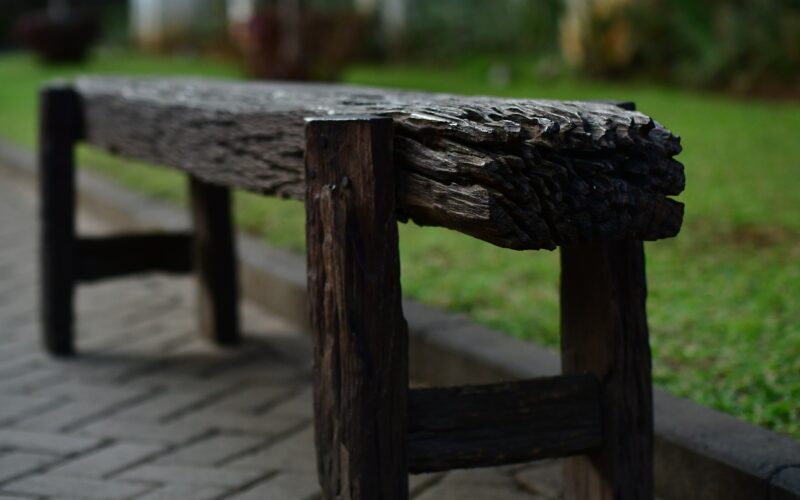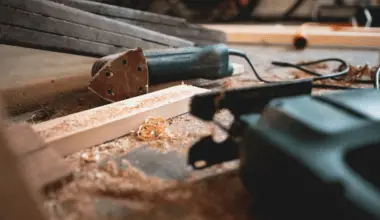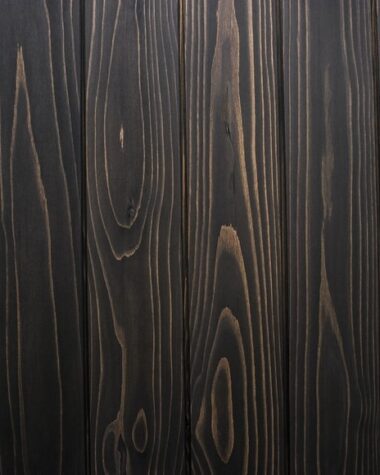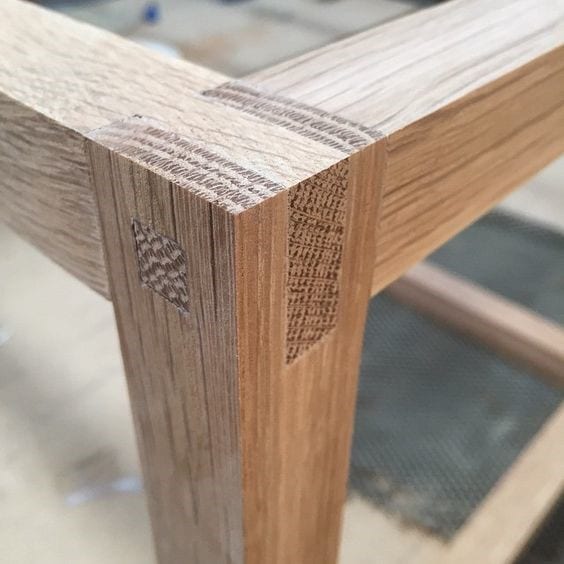As with everything else, with age wood too loses some of its strength. But that does not mean we will have to throw it away. Any wood can be restored and can be treated so that it regains its lost strength unless it is completely unrecoverable. This how to use wood hardener article explains just that. This process of artificially strengthening wood is called hardening. Depending on the how to use wood hardener process we follow to harden wood, the strength of the wood will vary.
In this how to use wood hardener article we will look at different hardening methods and the steps we need to follow to achieve hardening. But first we must understand when a piece of wood needs hardening.
A piece of wood may need hardening if it meets one of the following criteria:
– A piece of wood that is intact but has gone a little soft with age.
– If a portion of the wood has starting to rot.
– If a piece of wood has been exposed to water or moisture over a period of time.
– If you have left over wood which you want to re-use but want to ensure structural stability.
– To increase longevity and resiliency of the wood.
There are several how to use wood hardener methods you can follow when it comes to hardening wood. These can be classified broadly into 4 categories based on the materials you want to use to harden and also on the condition of the wood itself.
A. Hardening with Fire

This is by far the oldest method of hardening wood and has been used for centuries. It consists of a simple process and can turn soft wood hard. It can also serve to solidify rotten parts and strengthen the grain of the wood itself via the medium of heat.
A step-by-step guide to hardening wood with fire
1. For this you will need a fire pit or a kiln. Even a small hole in the ground where the fire can be lit will do.
2. Once this is done, add firewood and coal and lit them up. The flame should be at least 6 inches high and stable. Now, hold the wood about 3 inches from the flame. The idea is for only the heat from the flame to touch the wood and not to burn the wood itself.
3. Move or rotate the wood and ensure the heat is received from all angles but be careful that there is no burn or over-heating. A minute at every position should be enough.
4. Once all the moisture is gone from the wood, it will harden. If the wood is still a little soft it means, it still has some moisture within it. In that case repeat the process.
B. Hardening using Epoxy resin

Another popular method is to use a resin called Epoxy. Epoxy works by strengthening only the surface of the wood and does not alter the inner structure of the wood. Here are the steps for hardening wood using Epoxy.
A step-by-step guide to hardening wood with Epoxy
1. It is very important to clean the wood before applying epoxy. Because, Epoxy works by encapsulating the entire structure within the resin frame, any left-over dirt will also get hardened.
2. Choose an epoxy resin which is purpose build for hardening wood. Make the mixture that you want to apply on the wood. It is generally a mix of epoxy and water.
3. Apply the epoxy over the entire surface of wood using a brush. Spread it evenly across the entire surface.
4. You can even drill holes if the wood is too soft and pour the epoxy into the hole so that the inside also hardens. Epoxy coating takes a long time to dry.
5. You will need to apply multiple coats before the wood is strong enough to take structural weights. Wait for approximately 3 hours before applying subsequent coats of epoxy.
6. After apply multiple coats at 3 hour intervals, set it aside for at least 3 days for it to completely cure. At the end of the 3 days, you will have a piece of hardened wood ready for use.
Caveats of using Epoxy is that, by nature, Epoxy is a toxic chemical compound. It emits fumes which are extremely harmful to humans and it is also highly inflammable. So ensure your work area is very well ventilated and away from any and all fires.
C. Hardening using Polycryl

Using Polycryl has all the good qualities of Epoxy resin with almost none of the toxicity. It also uses significantly less time to dry. Polycryl is also a much cheaper option. The only difference is that, although Polycryl hardens wood to a great extent, epoxy makes the wood much harder.
The process of applying polycryl is very similar to that of Epoxy. Except the wait times for the polycryl to dry. Instead of the 3 days wait after applying epoxy, polycryl dries up in 5 hours.
D. Hardening with wood hardener

If you have an old piece of wood lying around and you do not want to throw it away, a wood hardener is the ideal way to go about it. How to use wood hardener depends greatly on what type of wood you have. Wood hardeners work only on old woods and not on wood in which rot has settled in. It is also not very effective on very soft wood with a lot of moisture content.
The secret behind wood hardeners is that they can penetrate to the grains of the wood and provide strength from the inside and outside. In learning how to use wood hardeners, it is very important that all precautions are taken appropriately.
Here is a step-by-step guide on how to use wood hardeners
1. The piece of wood you are going to be using should be dry, clean and not have any grease or oil.
2. Wood hardeners are generally sold in cans. Make sure you shake the can before use.
3. Spray the hardener over the entire piece of wood. Use a brush to spread the hardener all over the surface.
4. It takes about a couple of hours for the hardener to dry. It is recommended that you apply multiple coats of the wood hardener for best results.
5. It takes about 12 hours for the wood hardener to completely dry.
6. Once it is dried completely, it is recommended that you cover the piece of wood with a coat of paint. That will protect the wood from moisture in the future as well.
This concludes your how to use wood hardener process.








